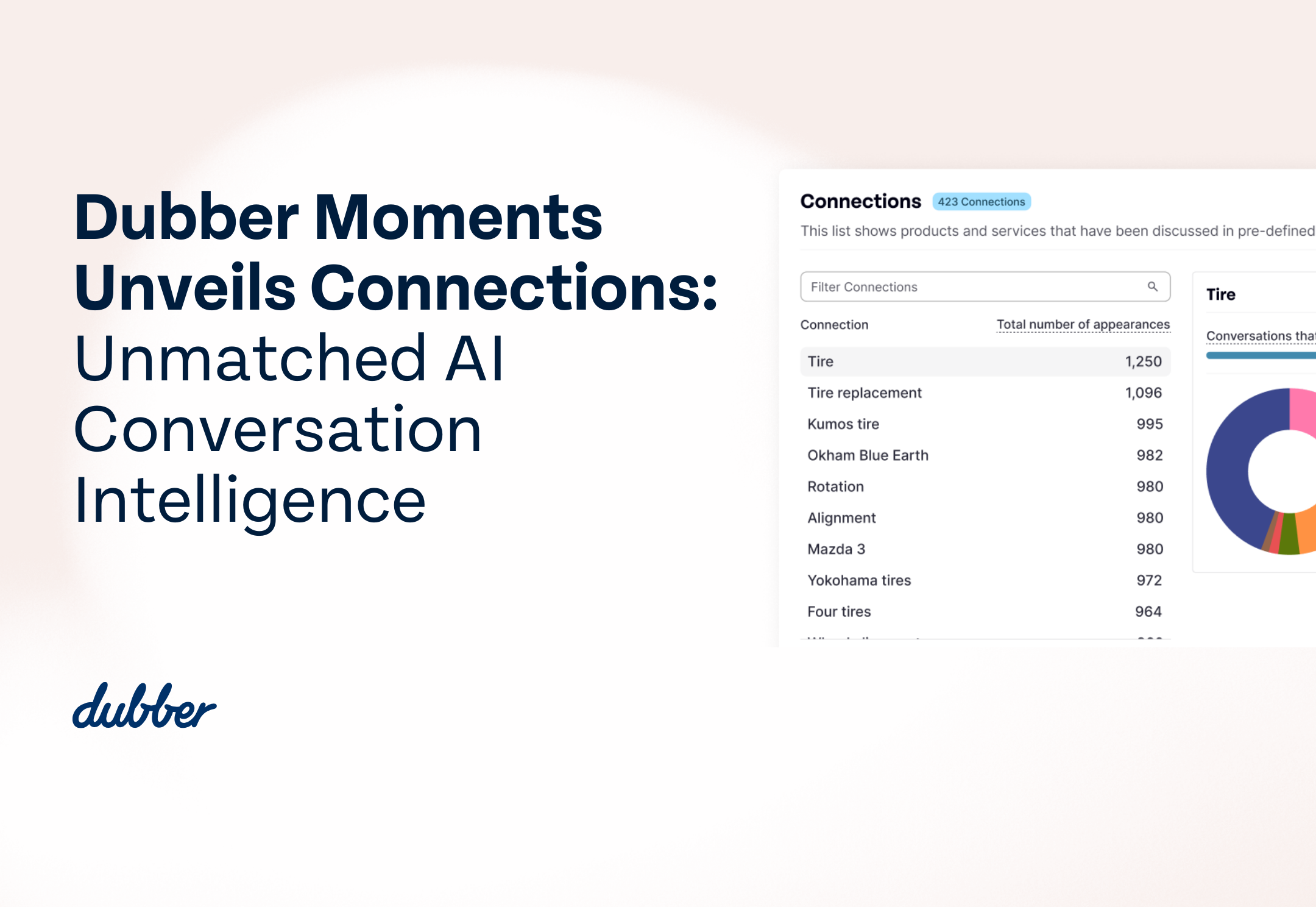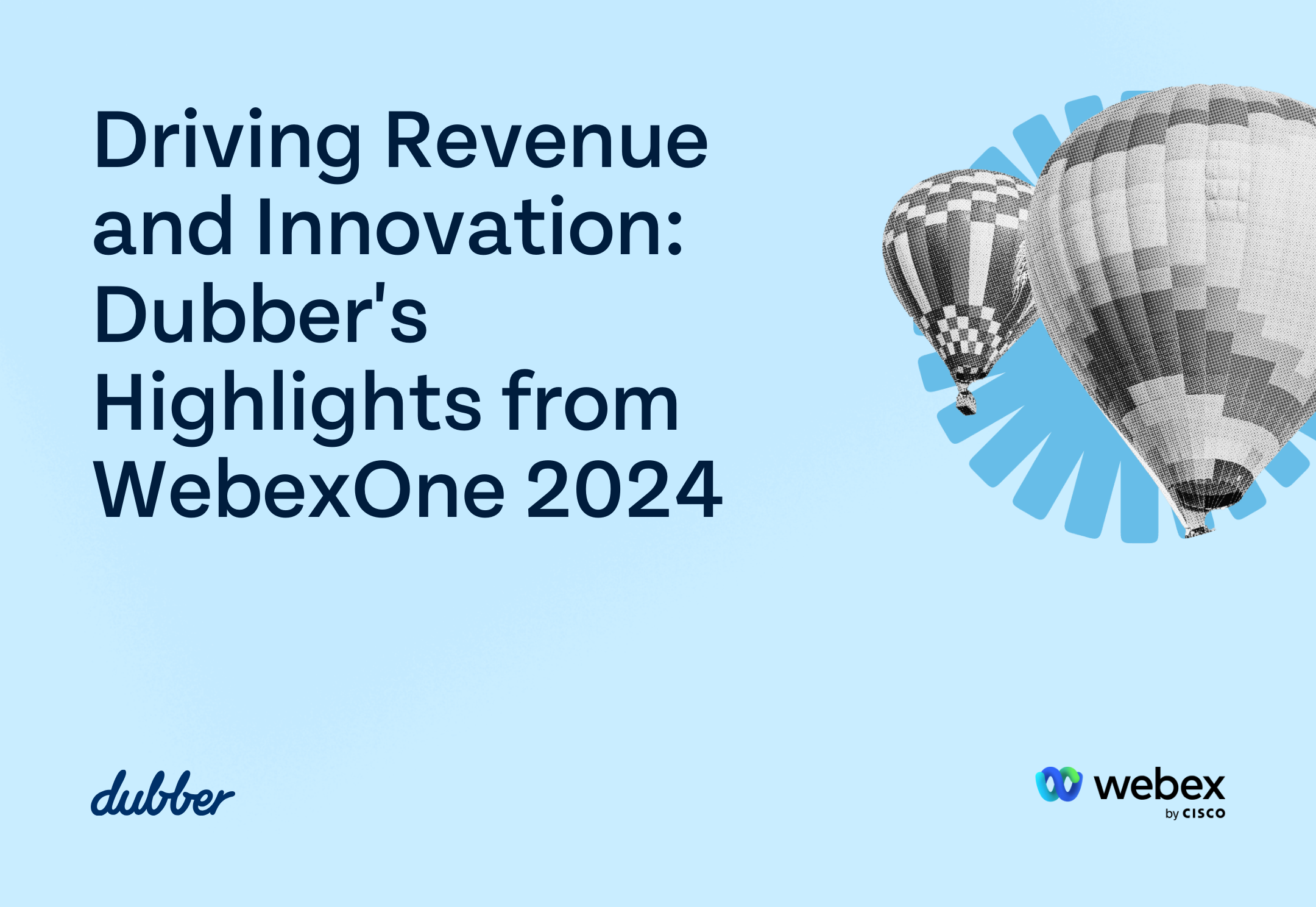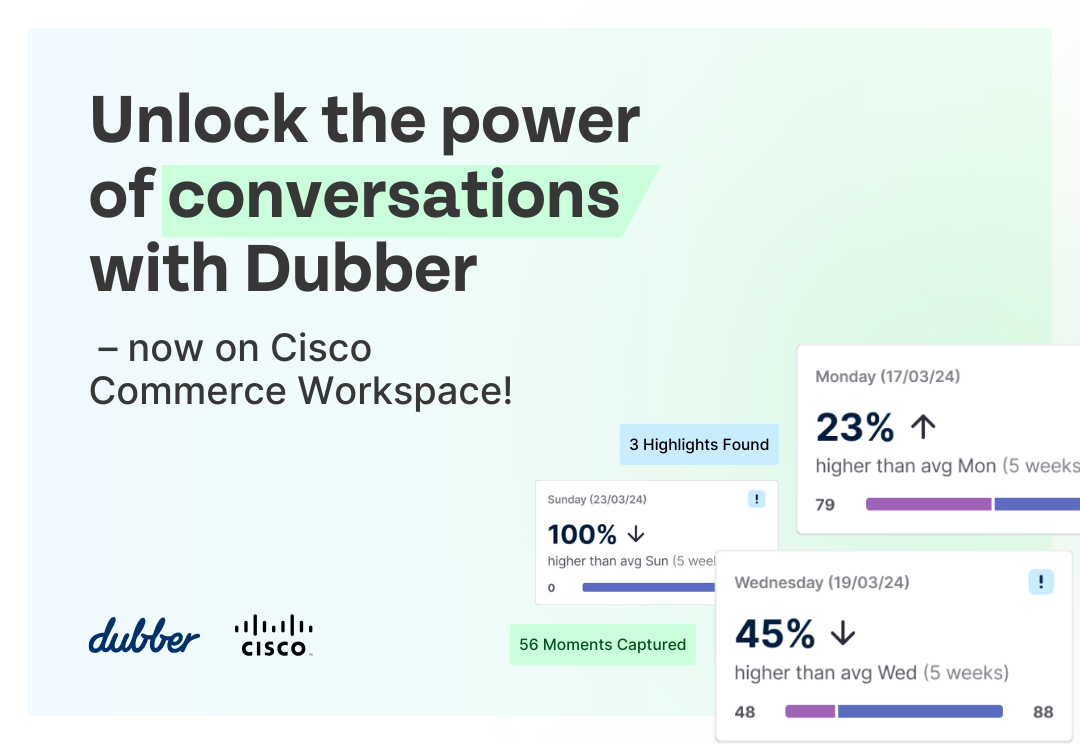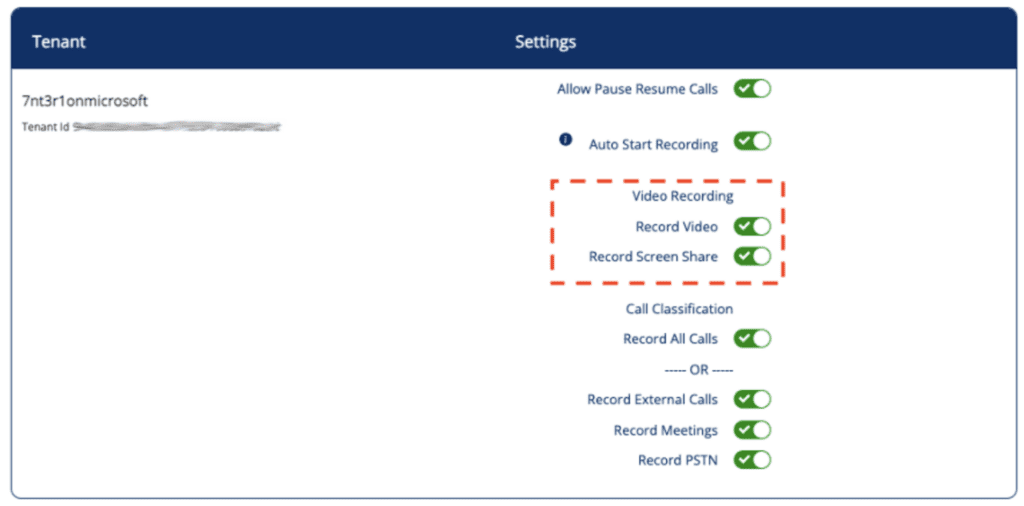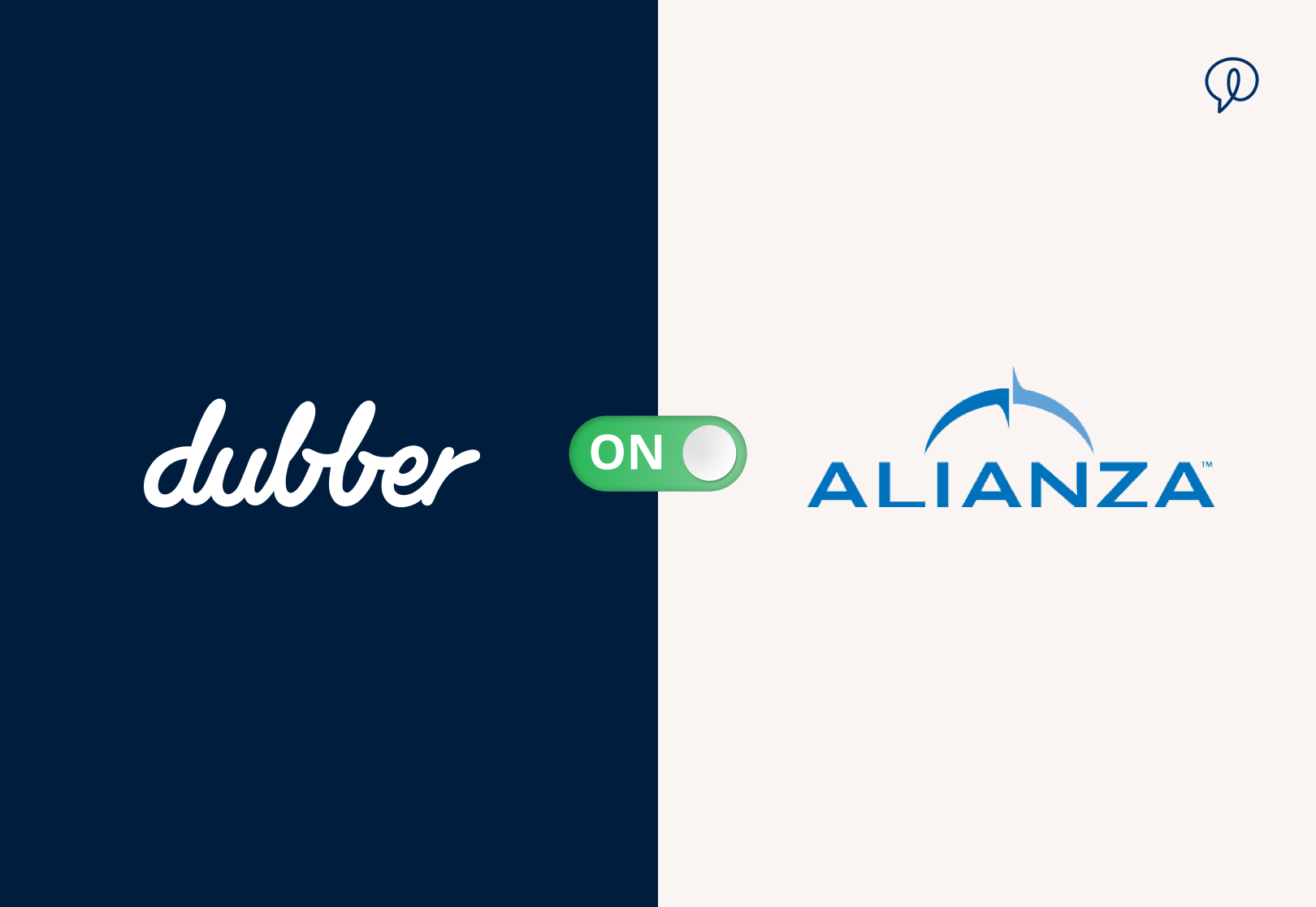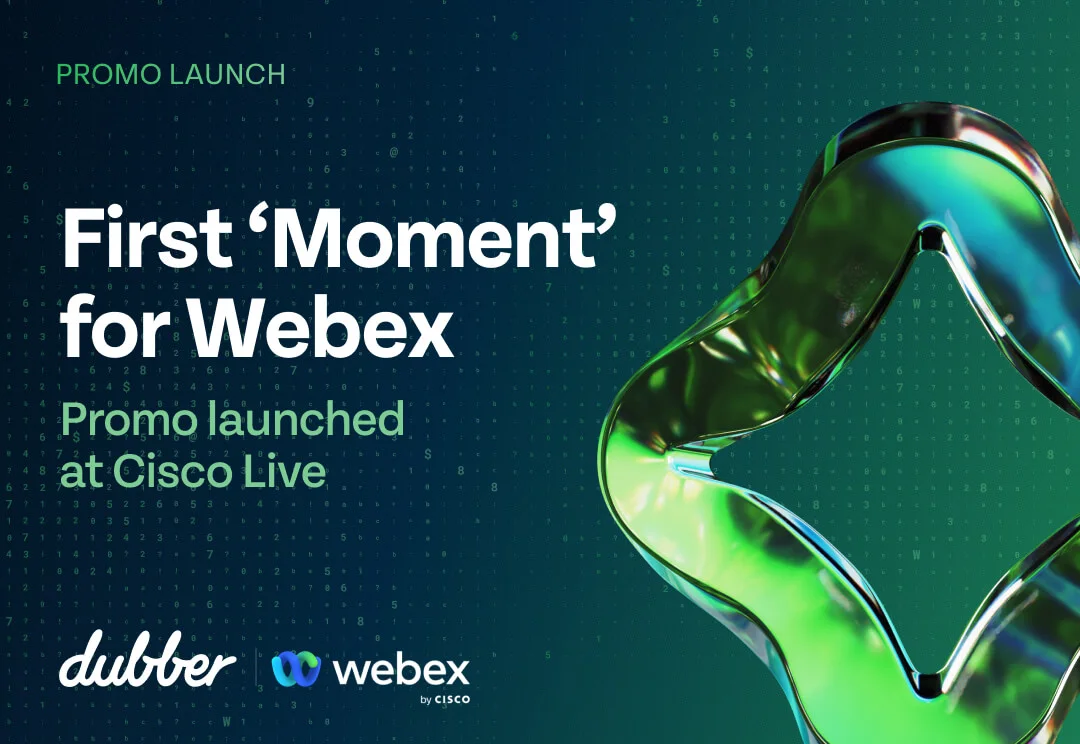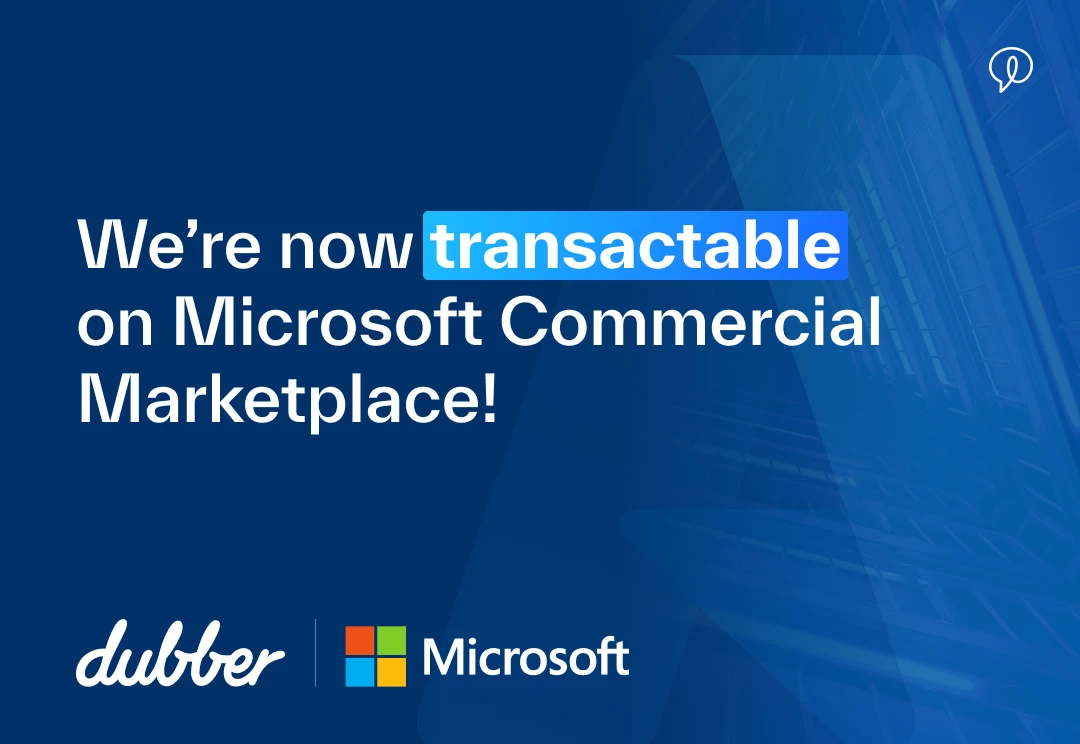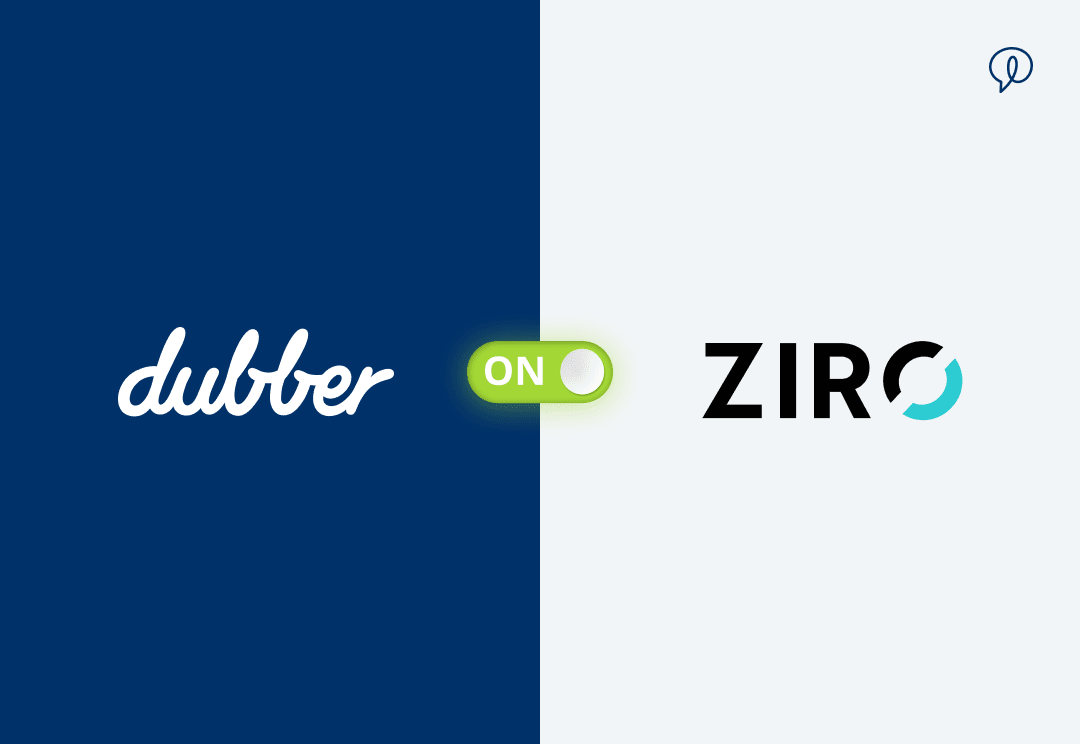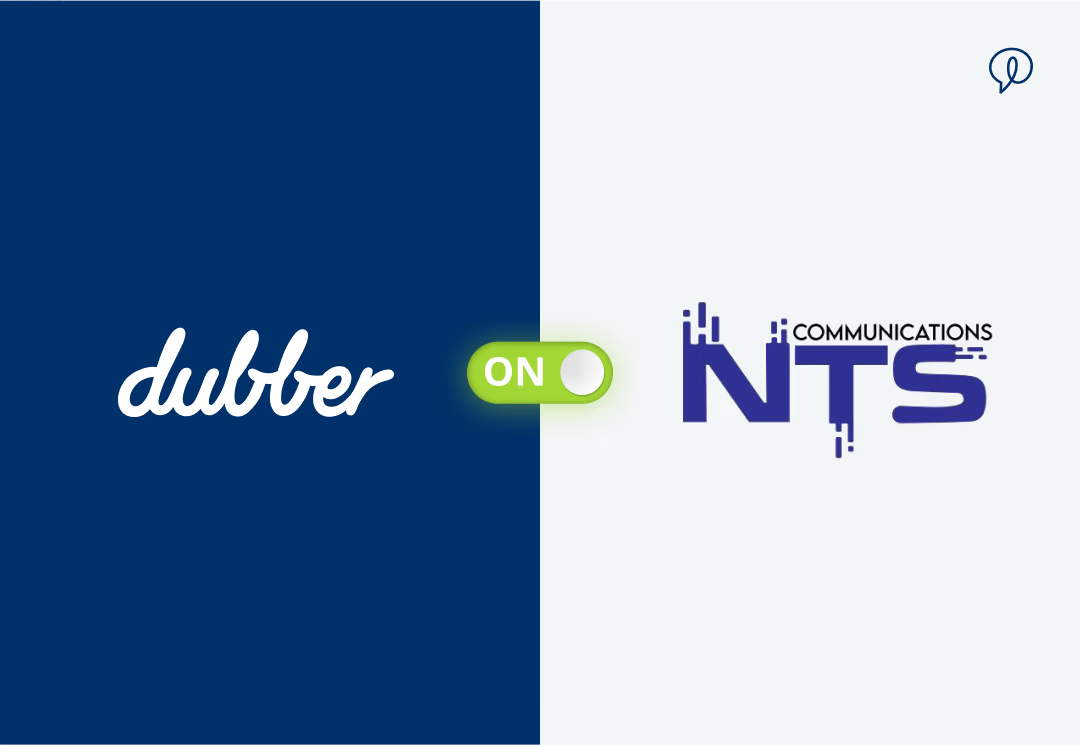- NTSCOM launches Dubber for Microsoft Teams across its broad installed base
- NTSCOM utilizing Dubber’s existing integration for MS Teams via iPILOT, servicing enterprises in North America, EMEA and South East Asia
- Dubber – a leading certified recording service for compliant call recording on Microsoft Teams – enables NTSCOM customers and its partners to switch on and deliver value immediately, with first significant large enterprise commencing deployment
- Enhances Dubber’s position as the supplier of choice for MS Teams via Service Providers
Melbourne, Australia, and LONDON, DALLAS – 7 December 2022 — Dubber Corporation Limited (ASX: DUB), the leading conversational intelligence and unified recording platform for service providers and their customers globally, announced that it has signed an agreement with NTSCOM. NTSCOM is headquartered in Las Vegas, Nevada, and delivers services across the United States and internationally.
Dubber will further elevate NTSCOM offerings to automate conversational intelligence and unified recording, extending its ability to bring innovative solutions to Microsoft Teams. With a broad installed base spanning government, education, and healthcare sectors – all heavily regulated industries – Dubber’s compliant conversational intelligence will ensure regulatory mandates are met and the insights contained revealed.
Michael Abenhaim, Dubber SVP of Americas:
“Dubber’s service, integrated with iPILOT, will be seamlessly provisioned with NTSCOM offerings and Microsoft Teams, enabling Dubber to be uniquely delivered as a service so that NTSCOM, its customers, and partners can switch on and deliver value immediately.
NTSCOM is an important component of our service provider partnership strategy and we aim to become a key attribute to their success. By coming together, we provide the key value differentiation customers are looking for, and service providers require, to continue meeting the needs of the quickly evolving telecommunications landscape. Everyone at Dubber and NTSCOM is very excited by this new partnership.”
Aaron Barnes, NTSCOM CEO:
“We are thrilled to partner with Dubber as their solutions are a natural fit into our current offerings and are immediately available from our network. We have already commenced deploying Dubber services into major enterprise accounts such as TD SYNNEX and Konica Minolta.
While compliance recording and analytics are integral to furthering our customers’ experience, we’re equally excited about the opportunity to address the need for automated workflows and productivity based insights on Dubber. Adoption of the Dubber platform illustrates NTSCOM’s commitment to delivering the best-in-industry solutions to enhance our customer experiences.”
About NTSCOM:
NTSCOM was established in 1988, and now with over 200+ employees nationally and the #1 MSP for Nuwave’s iPILOT, we are here to help enhance and contribute to the growth of the tech world in the best way possible. NTSCOM provides strategic consulting technology services and managed services to commercial, not-for-profit, and government organizations. Our risk mitigation and disaster recovery processes can mobilize the right people, with the right skills, to ensure organizations obtain long-term success with their technology goals.
As a Microsoft Operator Connect partner, NTSCOM has over 20 years of experience in the carrier industry. Together with iPILOT, NTSCOM automates both Direct Routing and Operator Connect capabilities for carrier-hosted session boarder controllers (SBCs), on-premises SIP trunks, or bring-your-own SBCs, carriers, and operators.
NTSCom is a Global telecom solutions provider, together with its subsidiaries and partners operate as an Integrated Communications Service Provider. NTSCom provides a range of communications services for business telecom channels.
NTSCom’s services include Local and Long distance, Toll-Free, SMS / MMS, Voice, Internet access, Broadband and our first in class provisioning tool, iPilot.
NTSCom is headquartered in Las Vegas, services are delivered across the United States, Western Europe, and Southeast Asia via our vast cloud network. In addition, we offer termination and origination, International Termination, local and long-distance voice telephone services.
About Dubber:
Dubber enables Service Providers to unlock the potential of the network – turning every conversation into an exponential source of value for differentiated innovation, retention, and revenue. Listed on the ASX, Dubber is the clear market leader in conversational intelligence and unified recording – embedded at the heart of over 175 service provider networks.
For more information, please contact:
Dubber Global Investors & Media
Terry Alberstein
terry@navigatecommunication.com.au
+61 (0) 458 484 921
NTSCOM Investors & Media
Ashley Donahue
SVP of Business Development and Marketing
+1 725 228 9765
For more information, please visit NTSCOM at www.allipilot.com
